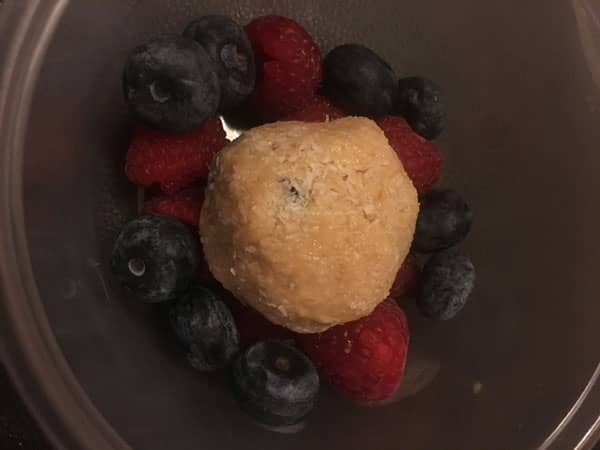Your Cart is Empty
You're currently shopping our Australian store (Please note: This will incur higher shipping rates). Click here to shop our New Zealand store.
You're currently shopping our Australian store (Please note: This will incur higher shipping rates). Click here to shop our New Zealand store.





